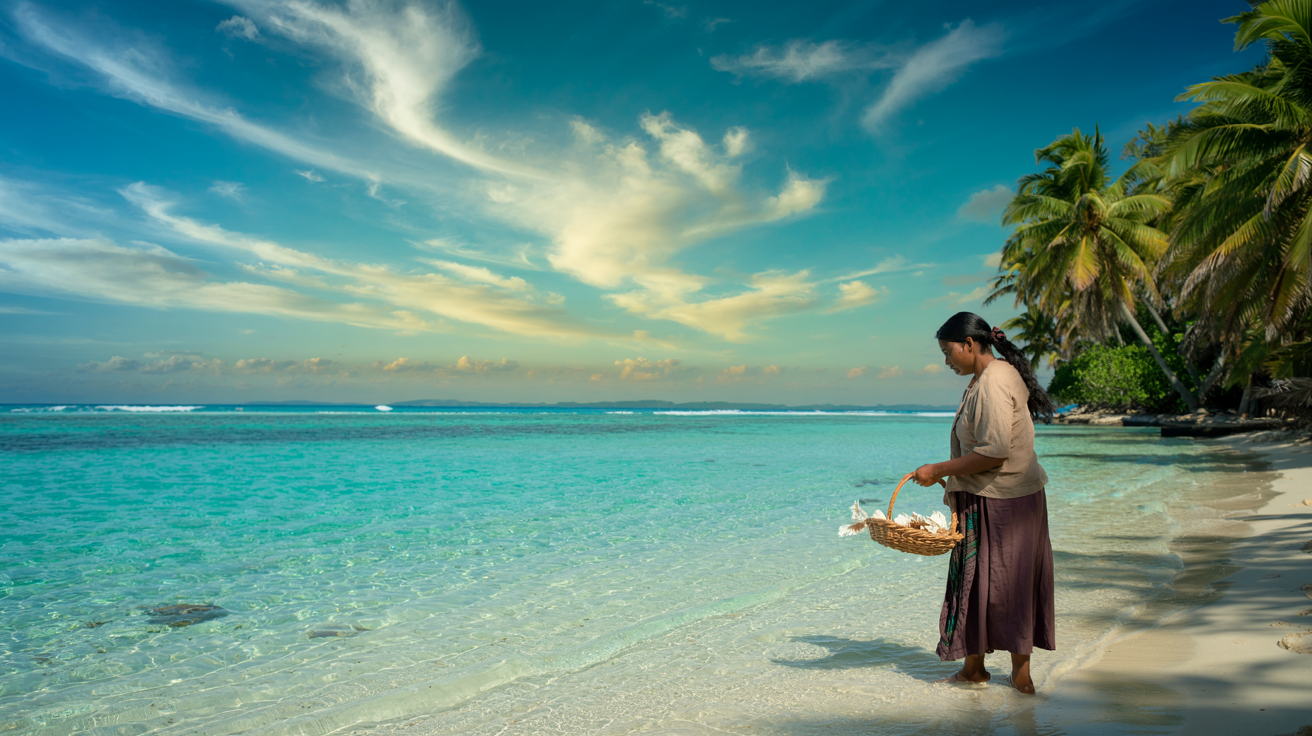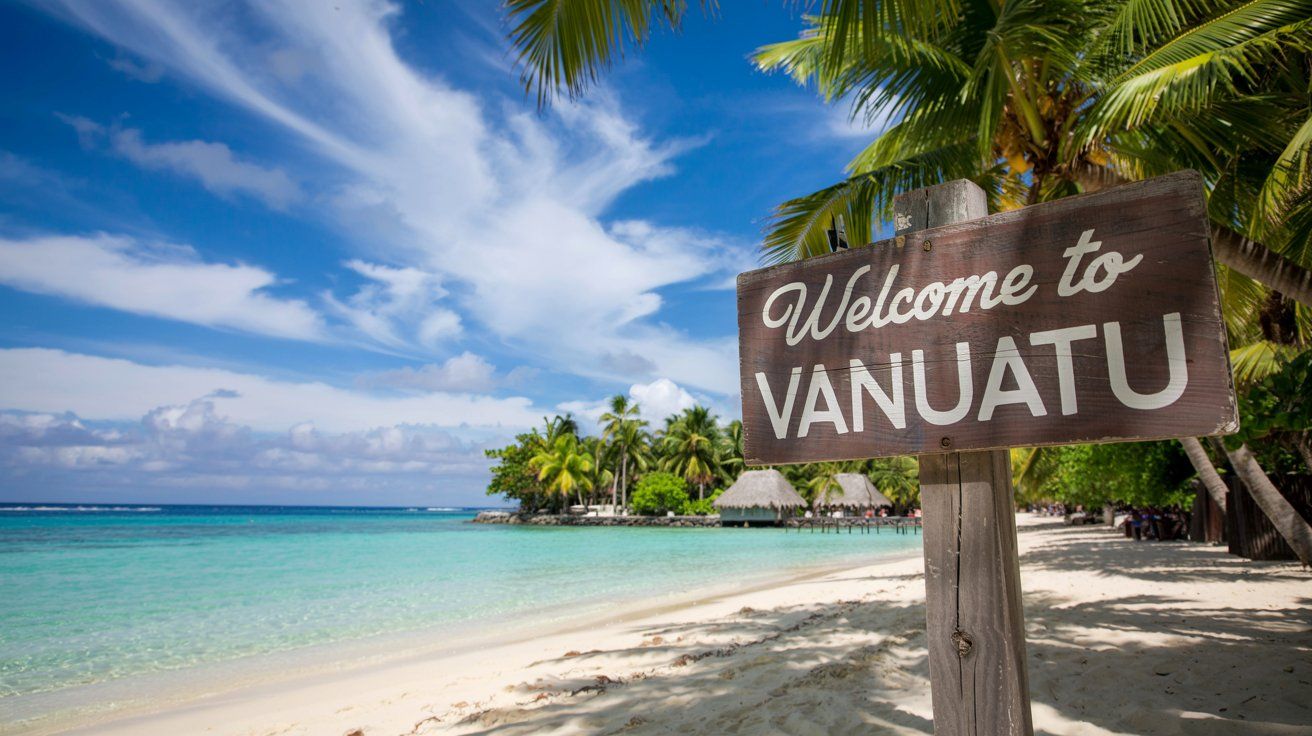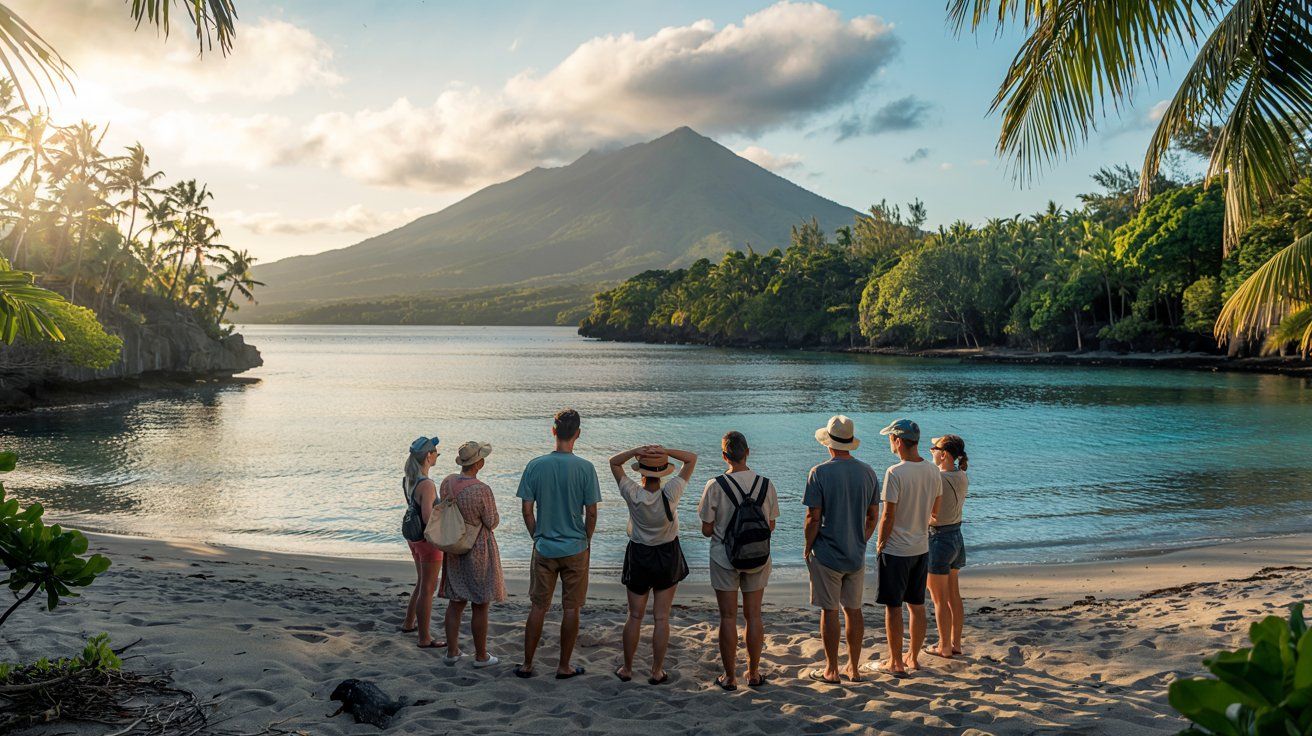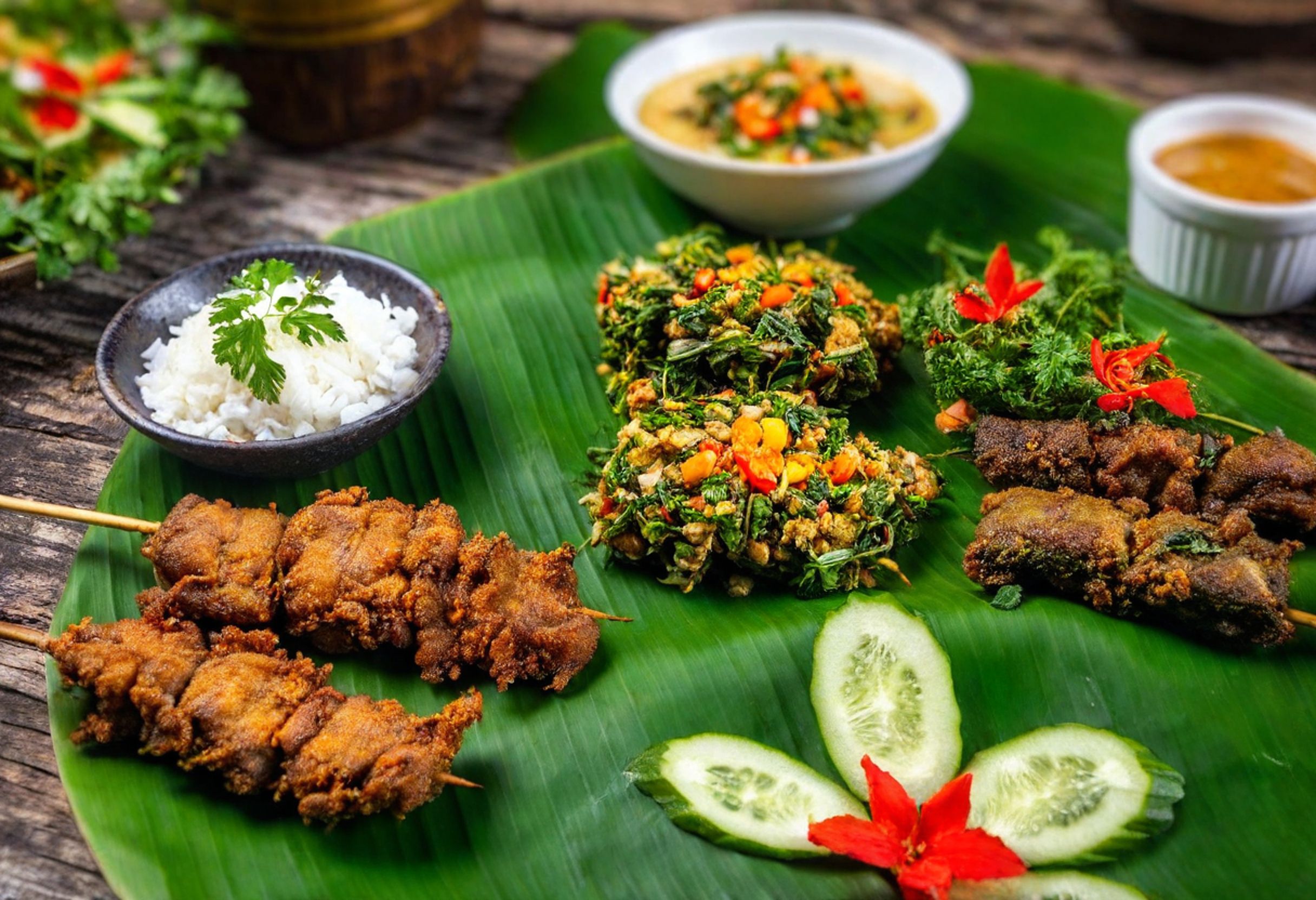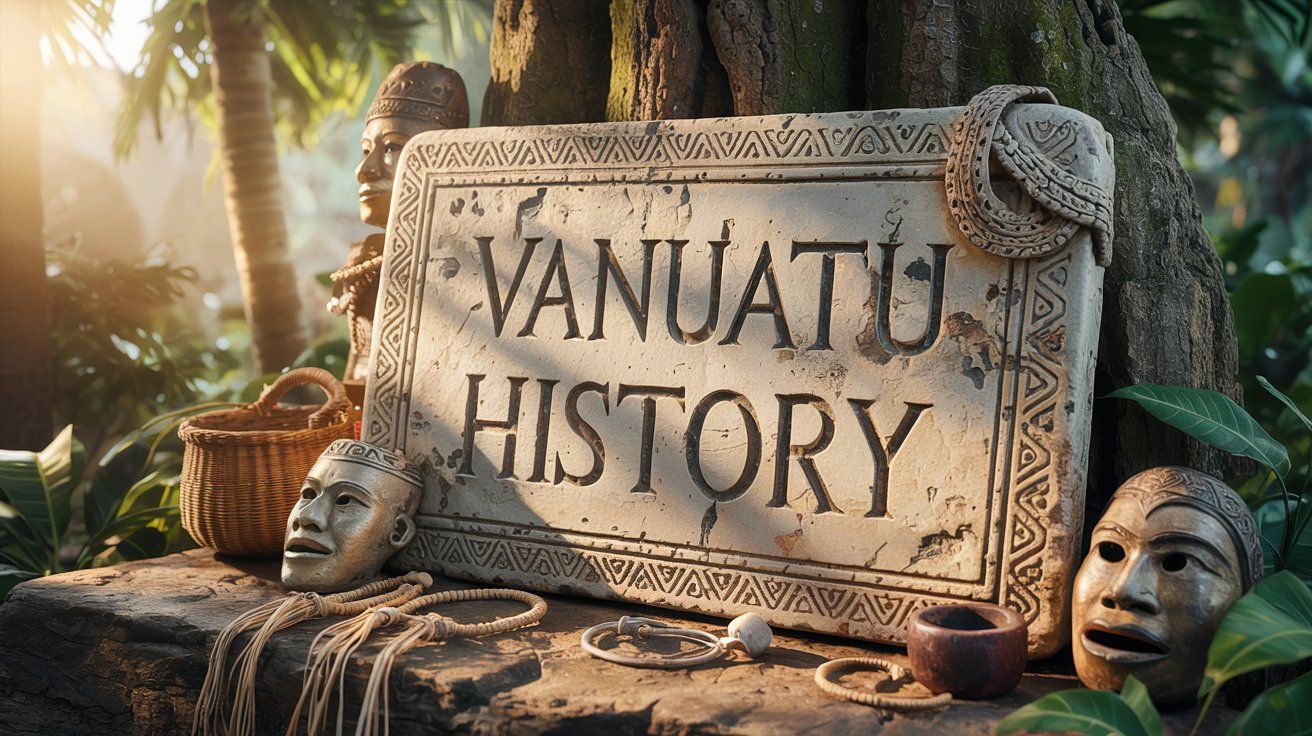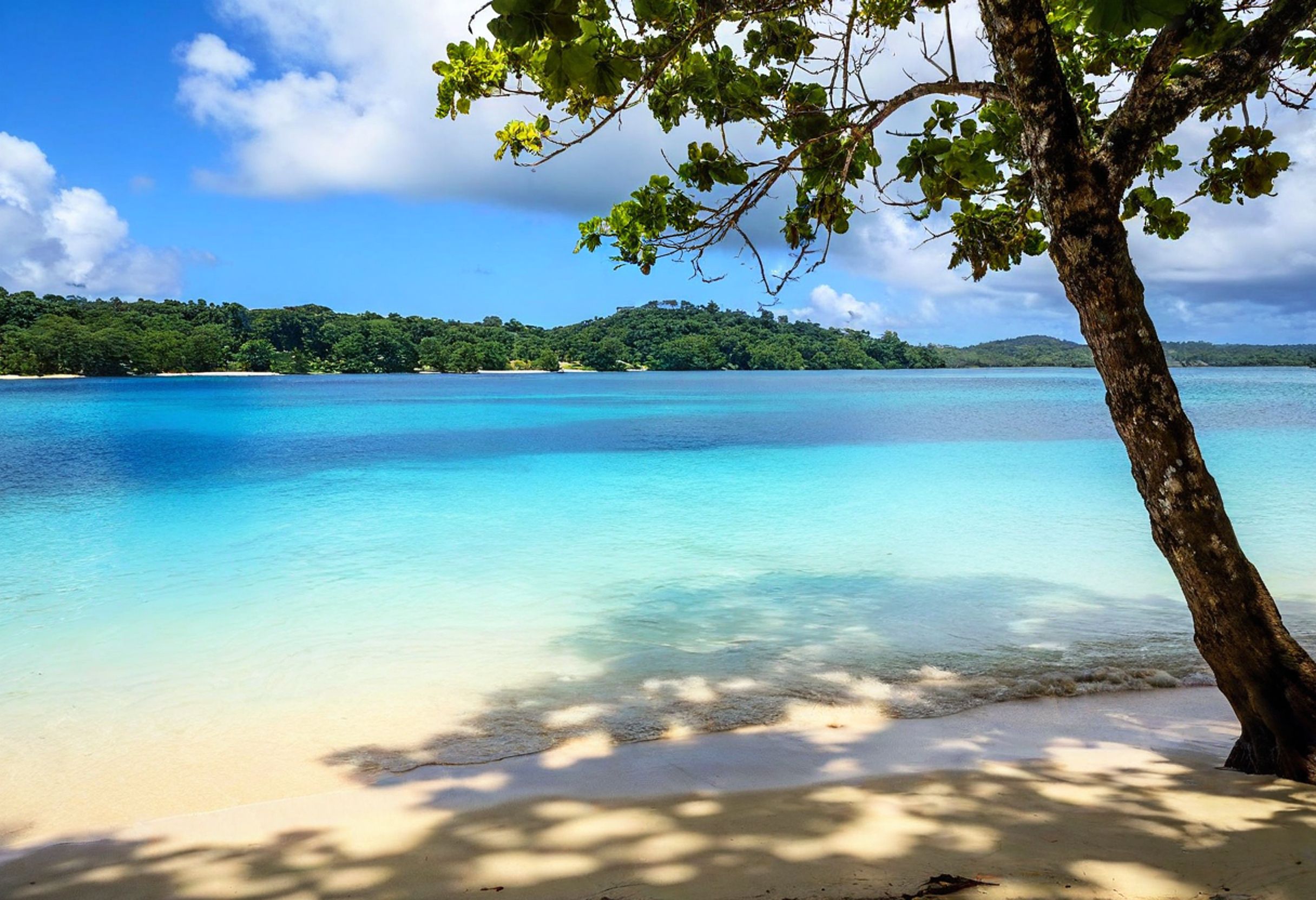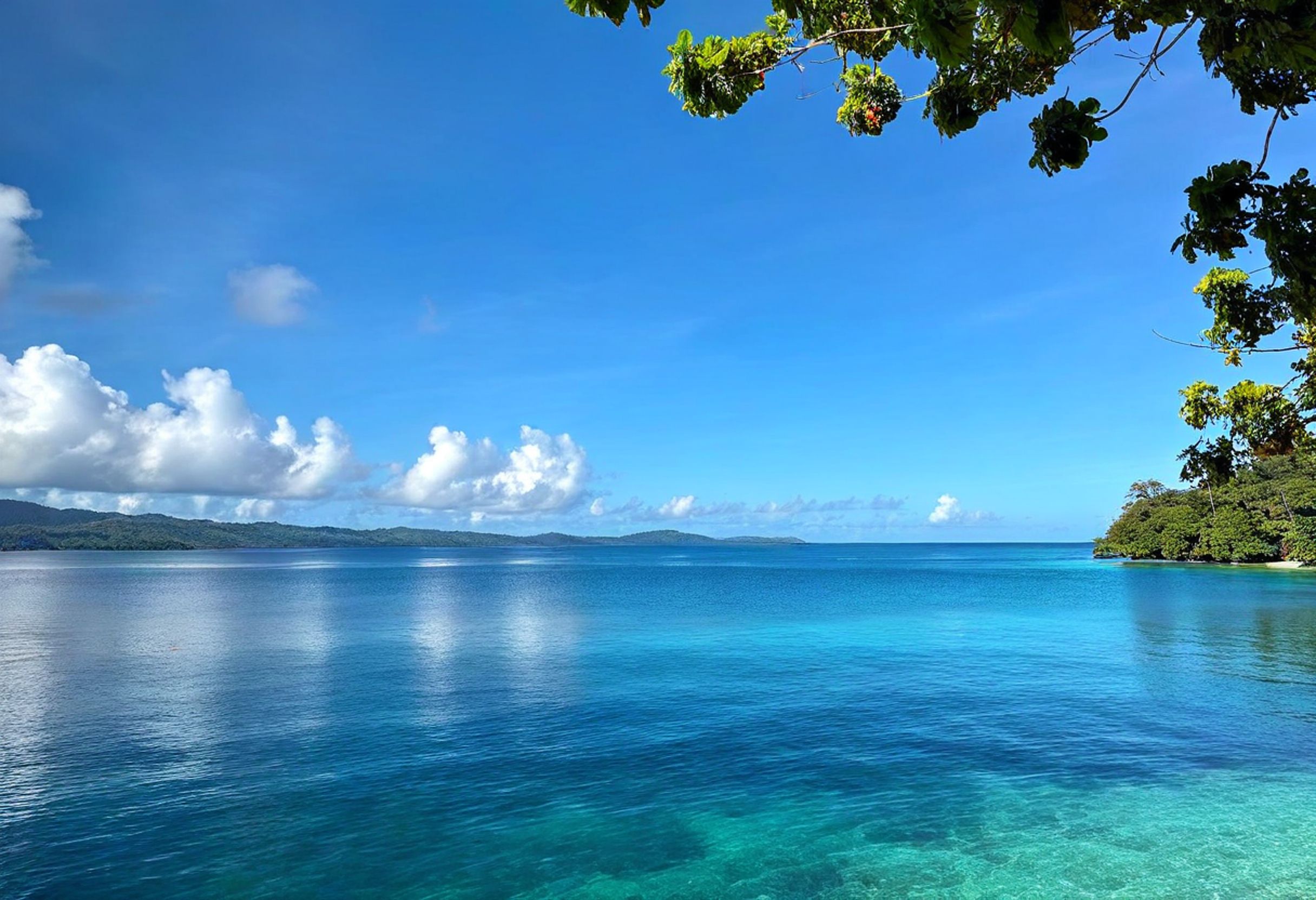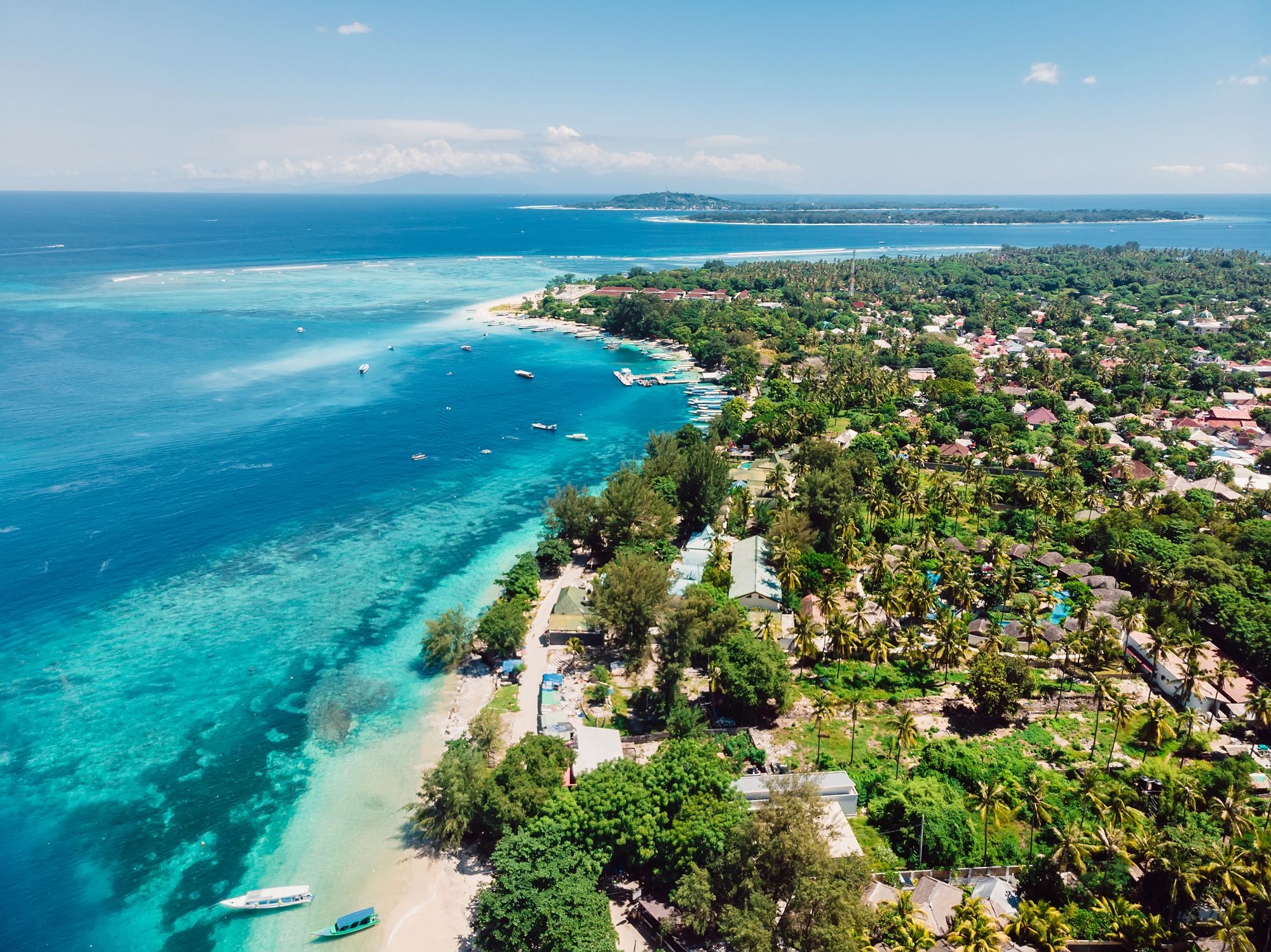MYANMAR lawmakers have sounded alarm over the country’s high and rising debts owed to China, urging the National League for Democracy (NLD)-led government to pay back the loans as fast as possible to avoid a sovereignty-eroding debt trap.
With foreign exchange reserves at a meagre US$6.35 billion in 2018 and the national debt estimated at US$10 billion, of which $4 billion is now owed to China, parliamentarian Than Soe recently suggested sending rice instead of dollars to China.
Whether China would accept such a deal remains to be seen. The interest rate on most Chinese loans is a whopping 4.5 per cent, believed to be the highest rate among all the foreign government and financial institutions that Myanmar now owes.
Most of Myanmar’s foreign debt was accumulated between 1988 and 2011, a period when the country was subjected to Western sanctions imposed against the previous military regime’s poor rights record.
At the time, China was the only major foreign donor willing to lend generously to the ostracized regime. Myanmar’s over two decades of international isolation left it heavily indebted to Chinese monetary institutions.
That debt load, Western and Myanmar economists argue, aimed ultimately to facilitate China’s grand strategic designs for Myanmar, including a high-speed railroad connecting China’s landlocked southern region to a deep-sea port at Kyaukphyu that opens on to the Indian Ocean.
Concerns of a potential sovereignty-eroding debt trap were aired in parliament last year over the China-backed $10 billion Kyaukphyu port project, which is now under government review and will likely be scaled back. The long-mooted railroad project, part of a so-called China-Myanmar Economic Corridor, is now back on the negotiating table.
As of 2011, the year the previous military regime started to loosen political restrictions to re-engage with the West, Myanmar had racked up some $6.7 billion in foreign debt, 97 per cent of which was held by China, according to the government’s latest debt report cited in local media.
Another $3.1 billion was incurred between 2011 and 2016, when a quasi-civilian government led by Thein Sein, a former army general, was in power.
Chinese loans have gone mainly to pay for infrastructure projects, including hydropower dams, in joint venture agreements with mostly state-owned Chinese companies. Those projects, have not always gone as planned, sometimes to China’s chagrin.
In 2011, Thein Sein suspended the $3.6 billion Myitsone dam, a controversial project in the country’s northern Kachin state that was slated to block a major river’s upstream origin and export 90 per centof the power produced to southern China. Local groups had protested against the dam’s environmental impact.
Still, Myanmar may have to pay $800 million with interest to the state-owned China Power Investment Corporation, the amount it claims to have already spent on the dam. The NLD government is now grappling with whether to forfeit that amount or yield to new Chinese pressure to restart the project.
Another US$300 million owed to China was earmarked in 2013 to purchase agricultural machinery and implements. The government-to-government loan’s catch: all the equipment had to be procured and imported from China.
But ‘not a single dollar actually crossed the border and the equipment turned out to be useless’ because it was of poor quality, according to a Myanmar-based economist familiar with the transaction told Asia Times.
Since the NLD came to power in 2016, Myanmar has endeavored to diversify its development assistance sources, apparently to mitigate its past dependence on China. In particular, it has turned to Japan and the Asian Development Bank, both of which offer lower interest rates and more favorable repayment terms than China.
Nick Freeman, an associate fellow at Singapore’s Institute of Southeast Asian Studies-Yusof Ishak Institute, questioned whether that diversification will be enough to lift the economy and improve the country’s ability to repay past debts.
In a 2018 report, Freeman wrote the NLD government ‘inherited a decidedly distorted economy… the profile of ‘Myanmar Inc’ has been one dominated by a relatively small number of family-owned conglomerates that leveraged their connections with the military leadership to enjoy unique business privileges’.
A fragile, illiquid and inefficient banking sector, controlled by a small number of so-called ‘cronies’ — local businessmen with military connections — combined with high debts owed to Chinese financial institutions are part and parcel of that distortion.
Foreign investment, which many had anticipated would flow liberally into the country after it embraced a form of democracy and nominally opened up to the outside world, has so far been disappointing. As Freeman points out, ‘while numerous business delegations came and went, actual commitments and disbursements have been modest’.
One major deterrent is that military rule, which began in 1962, left behind weak institutions to oversee and regulate the economy. Until 1988, Myanmar was a military-run socialist state where the only free-market activity occurred on ubiquitous black markets.
Limited free enterprise was allowed after 1988, but the military maintained a tight grip on the economy through its partnership with local entrepreneurs. While some liberalization was permitted beginning in 2011, the economy has yet to recover from decades of military mismanagement.
Recent abuses in Myanmar’s western Rakhine state, where more than 700,000 Muslim Rohingya have fled a harsh military crackdown into neighboring Bangladesh, has caused the West to re-impose limited sanctions and allowed China to reaffirm its financial leverage over the country.
While lawmakers may express concern about exposure to Chinese debts, new Western sanctions mean the government has few options outside of China for the loans and investment needed to develop one of Asia’s most backward economies.
While repaying loans with rice may seem like innovative thinking in Myanmar’s parliament, it is hardly a solution to the rising risk that the nation falls into a debt trap without the economic means to pay its way out.
China has leveraged debt defaults in other countries, including Sri Lanka, to push for sovereignty-eroding concessions. And in Myanmar there are plenty of economic areas where Beijing has expressed strategic interest in having more control.

